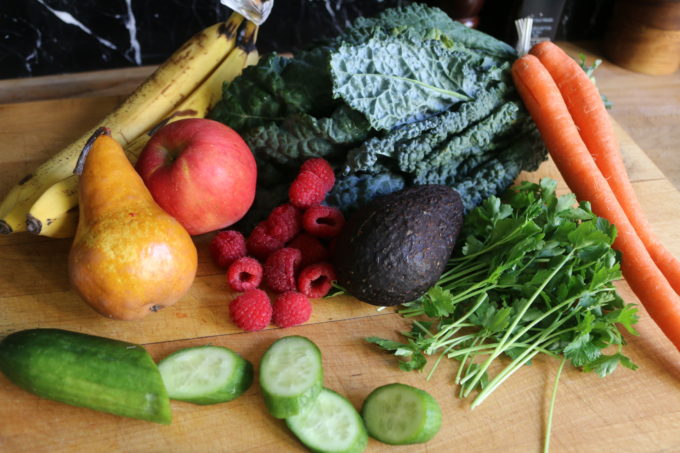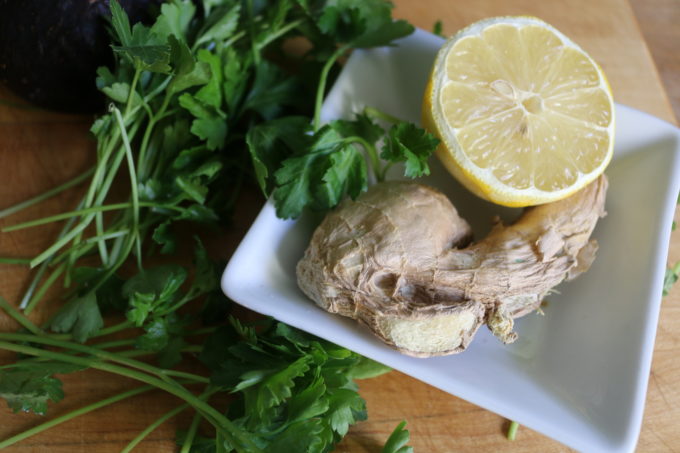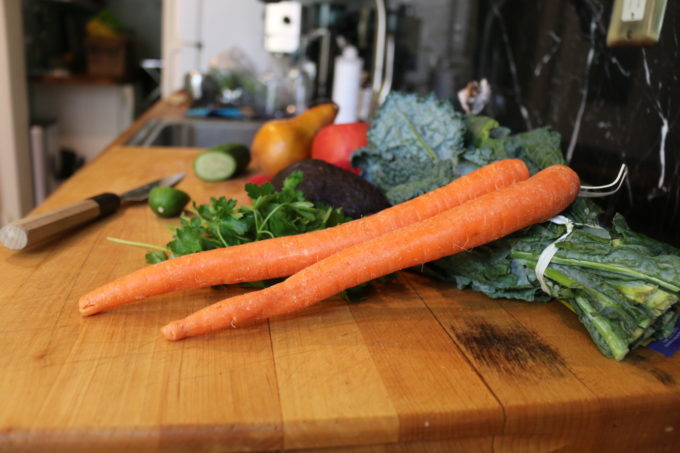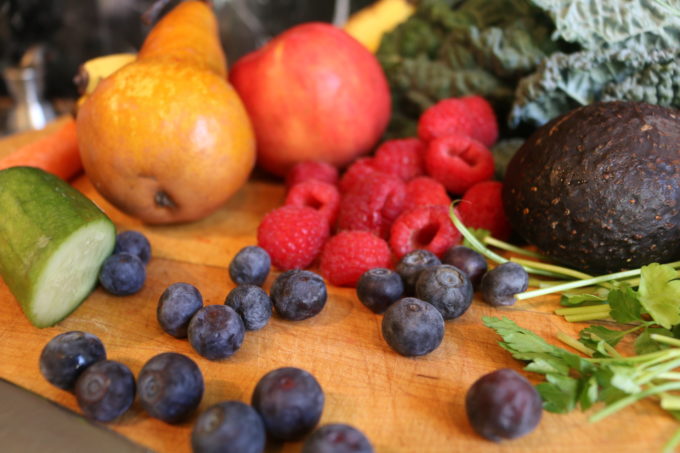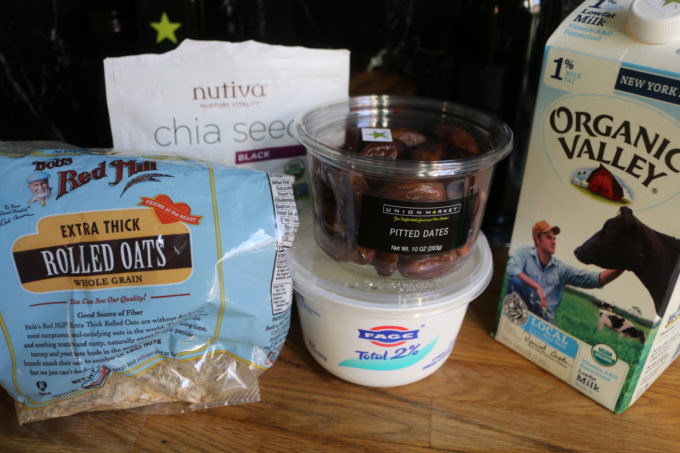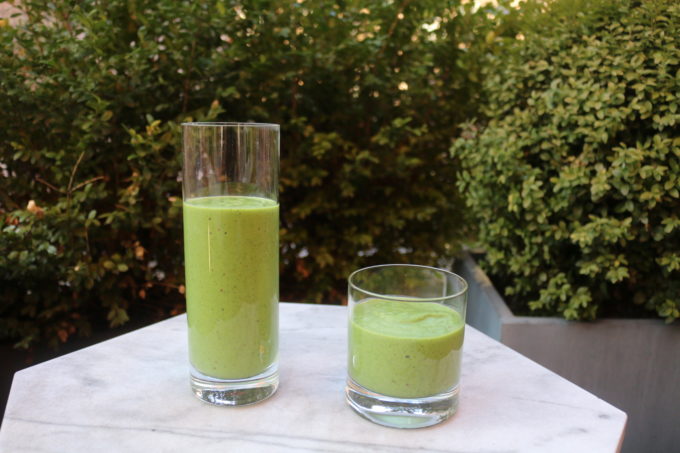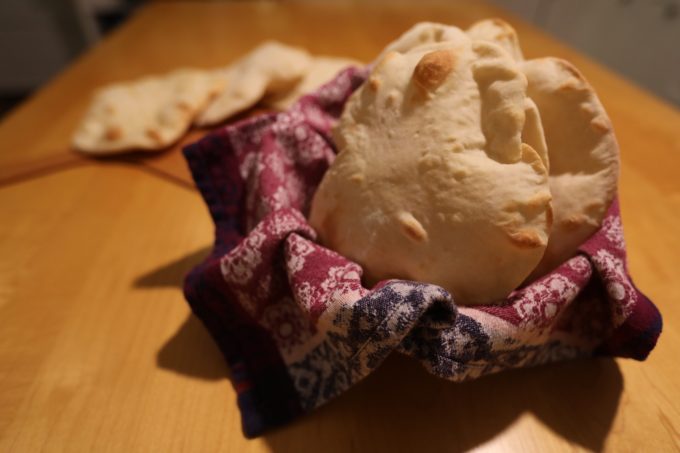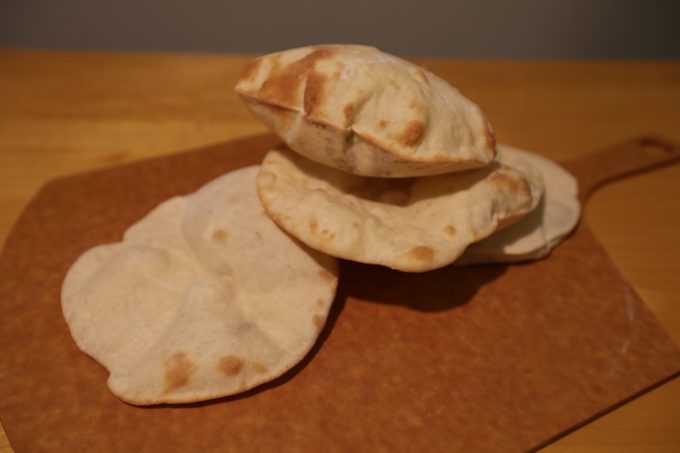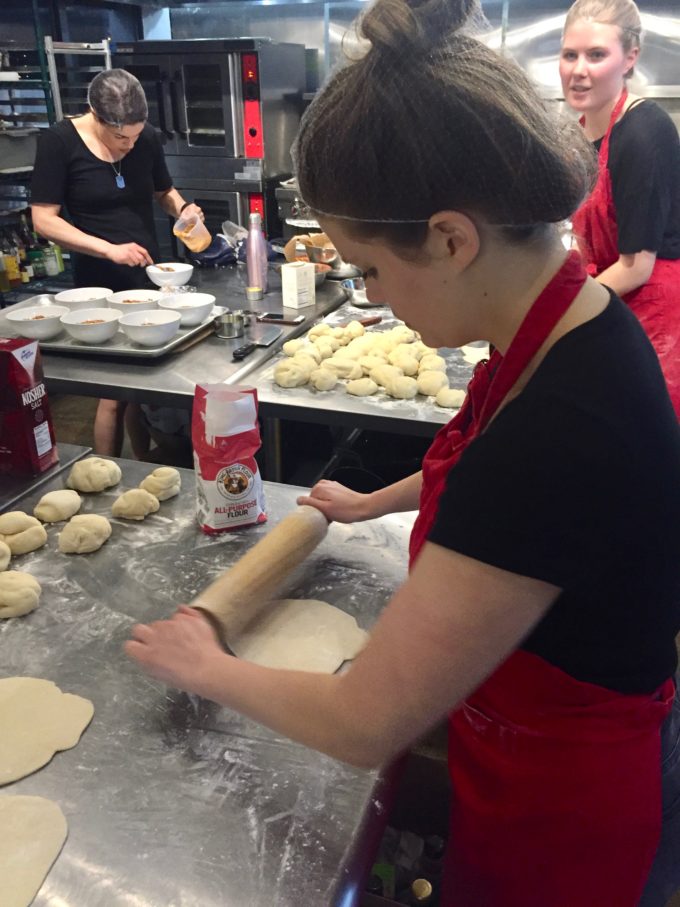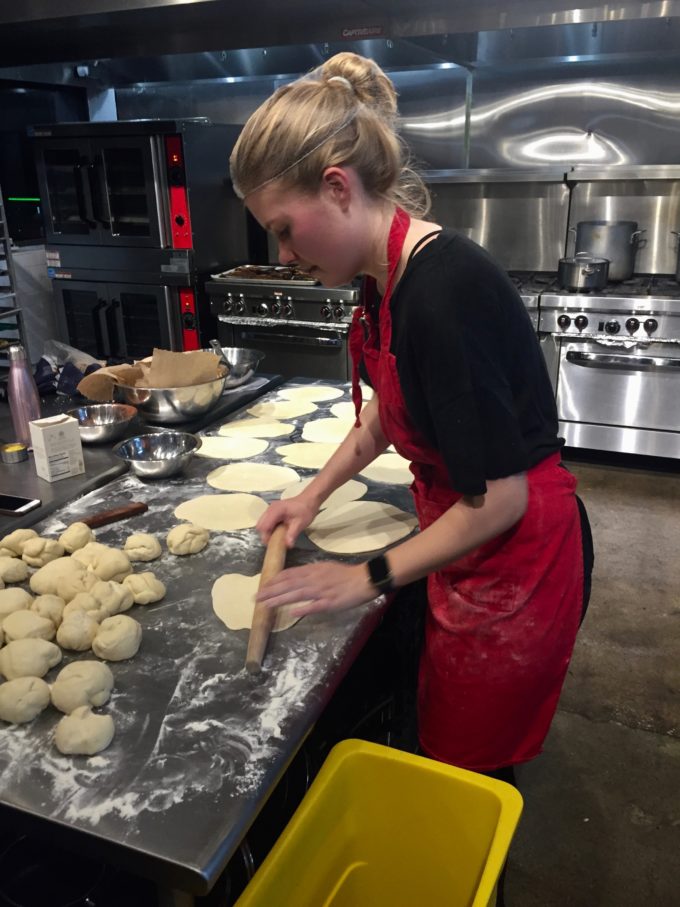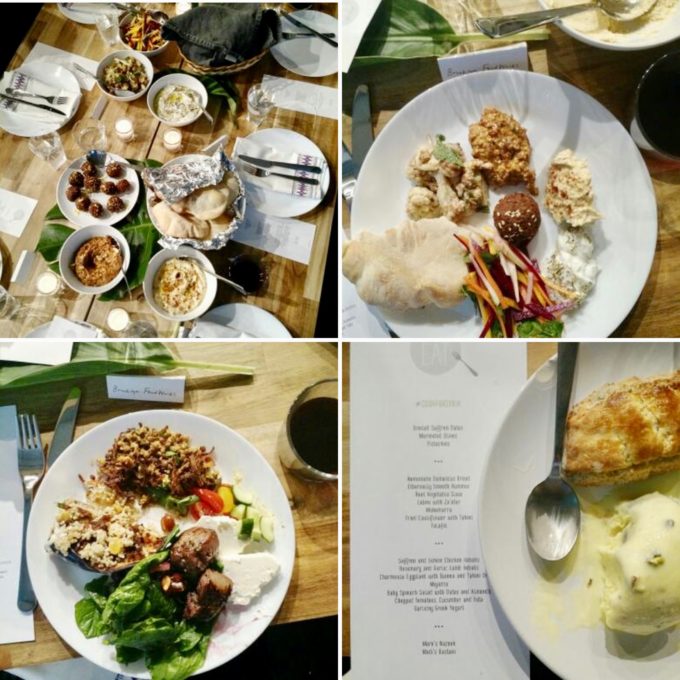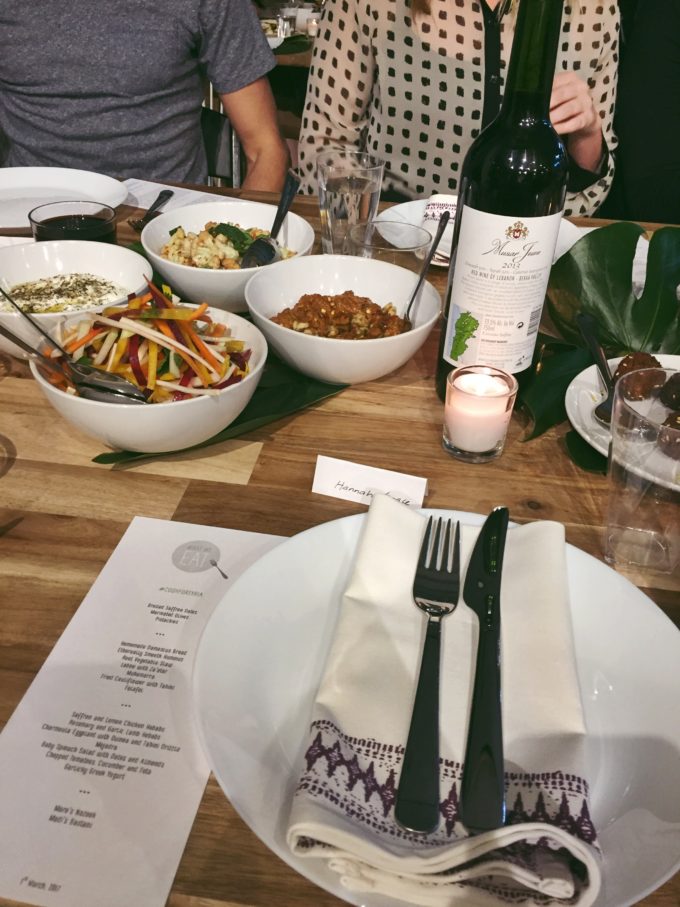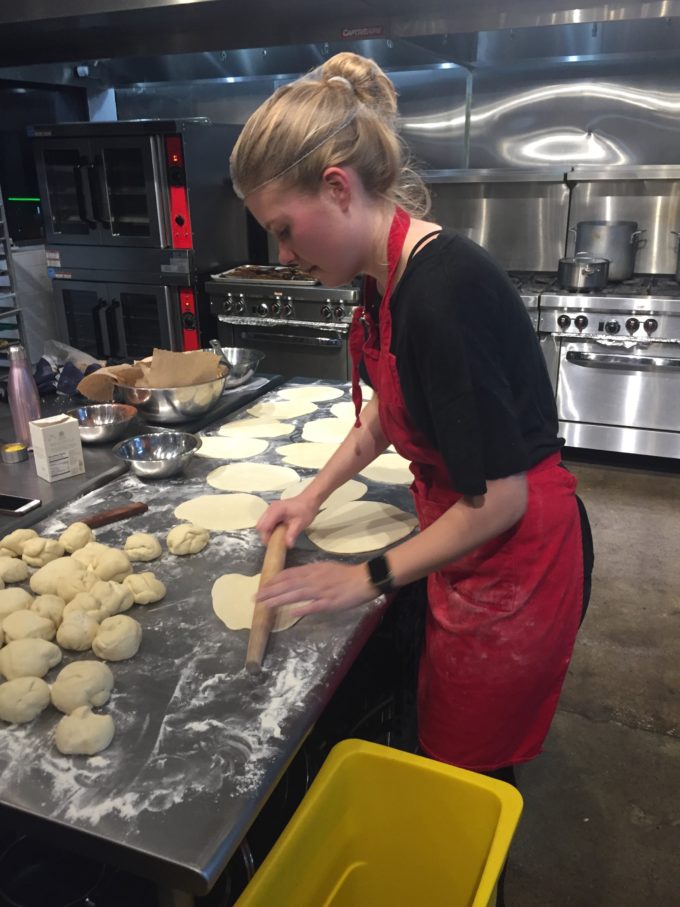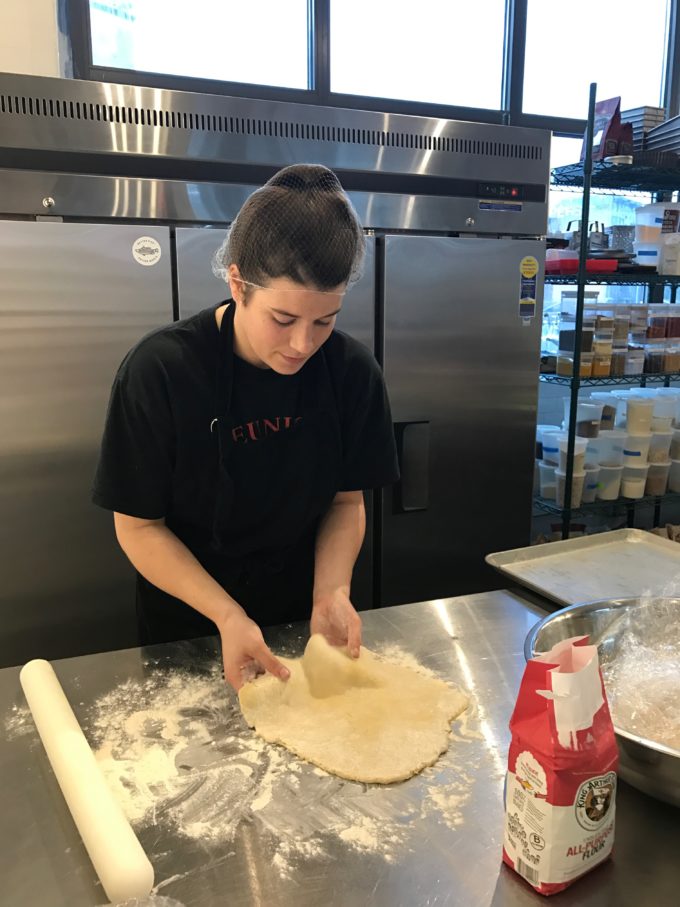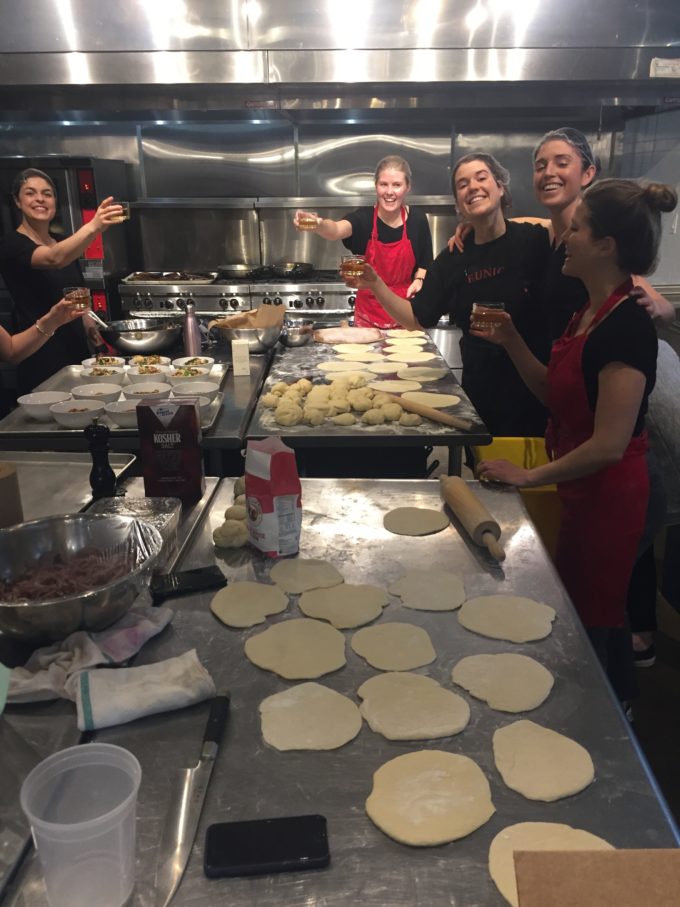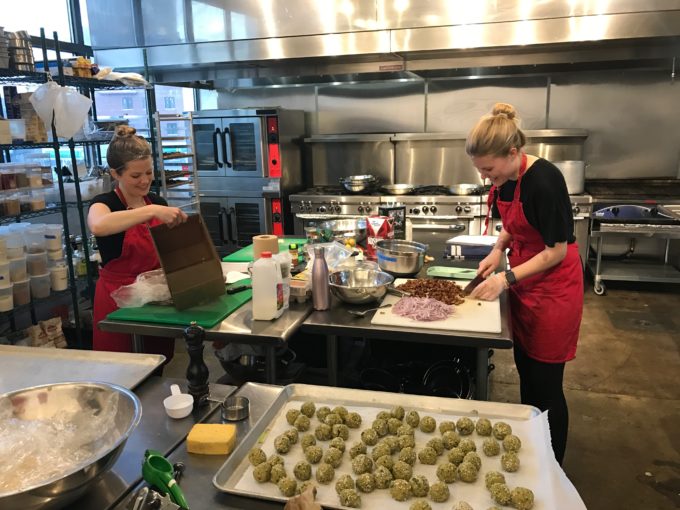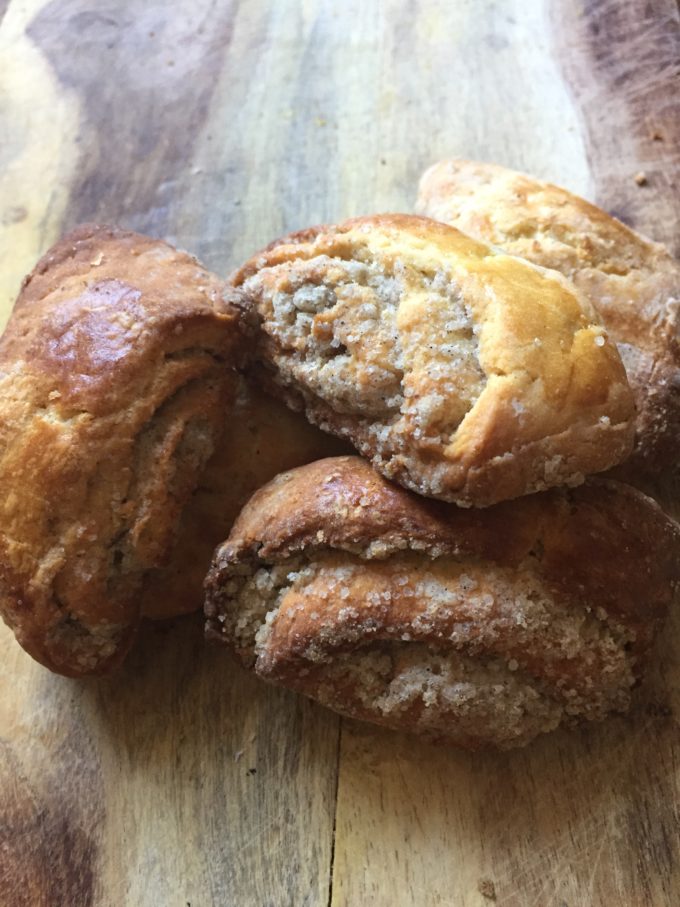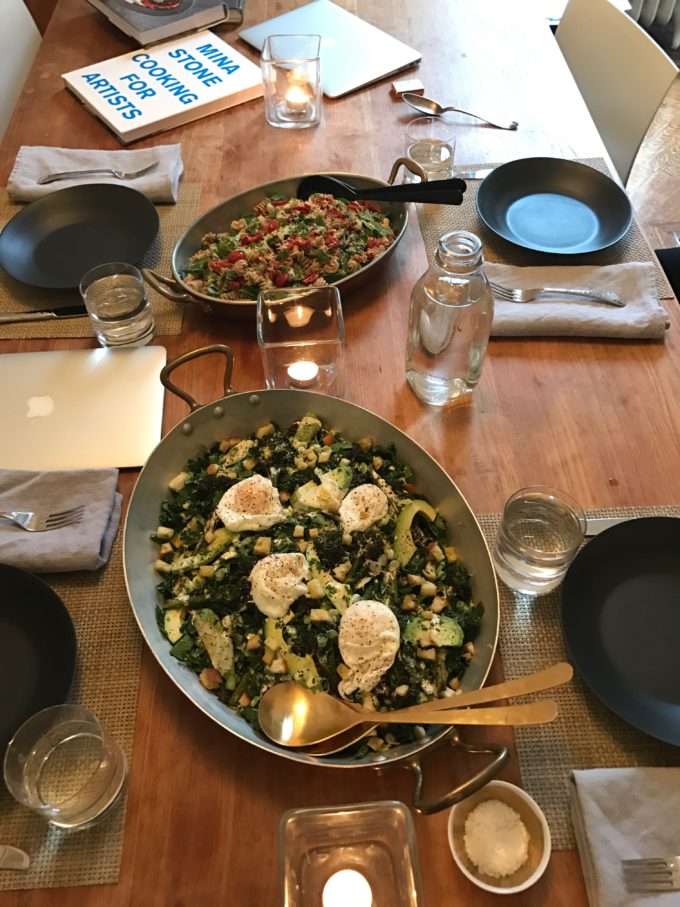
Every Friday afternoon, Kristina, Rian, Charlotte, Emily and I gather round my table for lunch. Although most of us cook with one another at least once a week (and we have an incessant group text going round the clock), it’s the only time all five of us get together. More importantly, it’s the only time we get together to break bread. As much as this group loves to cook, it loves to eat even more.
This is usually how to unfolds. All five of us have been looking for inspiration for the coming week’s menu throughout the week – mostly from our own home-cooking but also from restaurants, blogs, cookbooks, magazines, talking with other chef friends, etc. Rian and I have put the finishing touches on what we’ll be cooking the following week early Friday morning. I choose a meal or meal component I’m most excited about that I feel needs a little extra explaining and decide, That’s for lunch today!
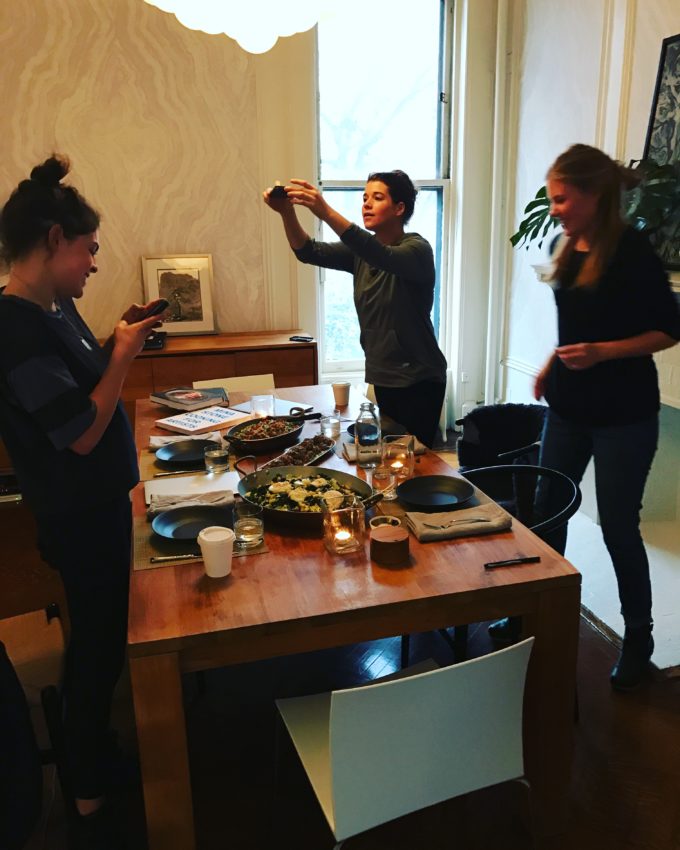
I send a shopping list to Charlotte and Emily (who are usually working on blog posts, updating our Mail Chimp account, chipping away at our granola project, etc.) so they can pick up needed groceries on the way over. They get here early and I get to work. While I know and love these girls, I always feel the slightest bit nervous about making them an extraordinary meal. These are chefs I need to impress after all. In the next 45 minutes or so, Charlotte and Emily set the table, light some candles (always), and my platters generously piled high with next week’s offerings begin to hit the table.
Kristina and Rian buzz us from downstairs at 2:30pm. Kristina is coming from cooking in Red Hook and Rian from perfecting our menus in Williamsburg. Like clockwork, Charlotte, Emily and I giggle as we hear them oooh and aaah about the smells wafting from my second floor apartment in Park Slope down to the entryway. They’re like a tornado when they come in the door – bags here, shoes there, coats here – mid conversation as if they haven’t seen each other in years (they live together) and loud.
“What’s for lunch?” They yell in unison.
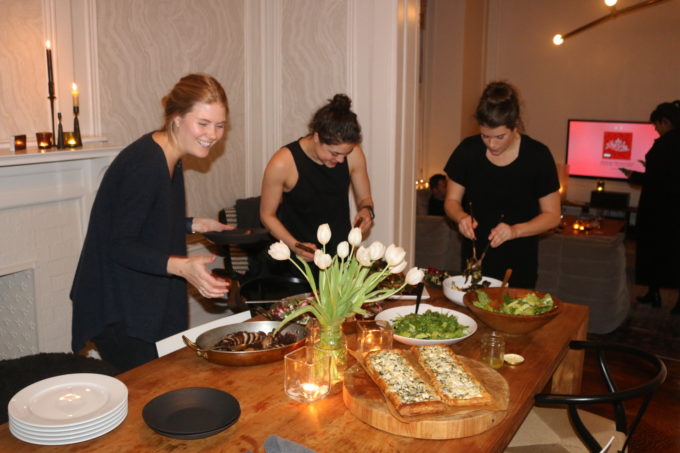
After I explain what I prepared and the initial five-minute silence with exception of groans of pleasure (Ri), the next two hours unfold with us sharing stories from our past week, discussing the next week’s menus, and touch basing about other things on the docket. If you know this group, my main job here is redirecting everyone back. Tangents are frequent.
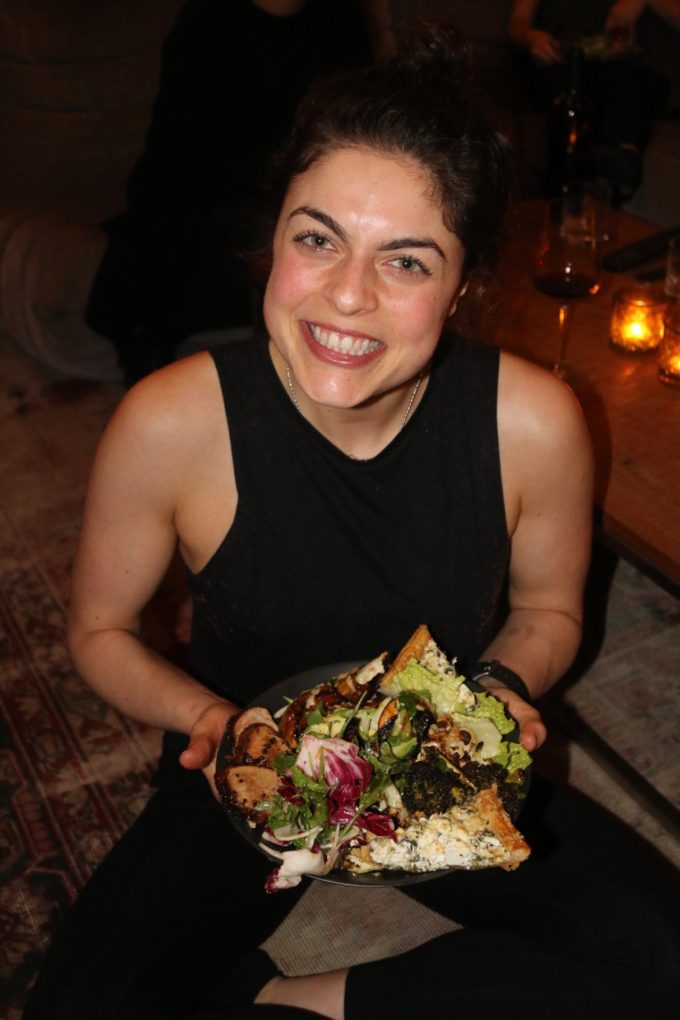
We talk about what ended up being our favorite menus to cook, what went well, and what didn’t. Those granola bars we were so excited to make that ended up just being granola because they wouldn’t stick together, those homemade veggie burgers that ended up being hummus because we didn’t like their consistency, that last minute swap we made because the butcher was out of chicken (what?!).
By the last hour we shift gears to the next week. What ingredients we’re highlighting because there at their peak and how to pick them at the market. How a finished dish should look. A new technique that we all need to talk through. Sometimes we’ll even hit my kitchen together for a demo (more food to eat for this ever-hungry crew). By the time the last plate is cleaned, we’re on the same page and, as crazy as it sounds to a normal person, excited to get back into our clients’ kitchens the next week.
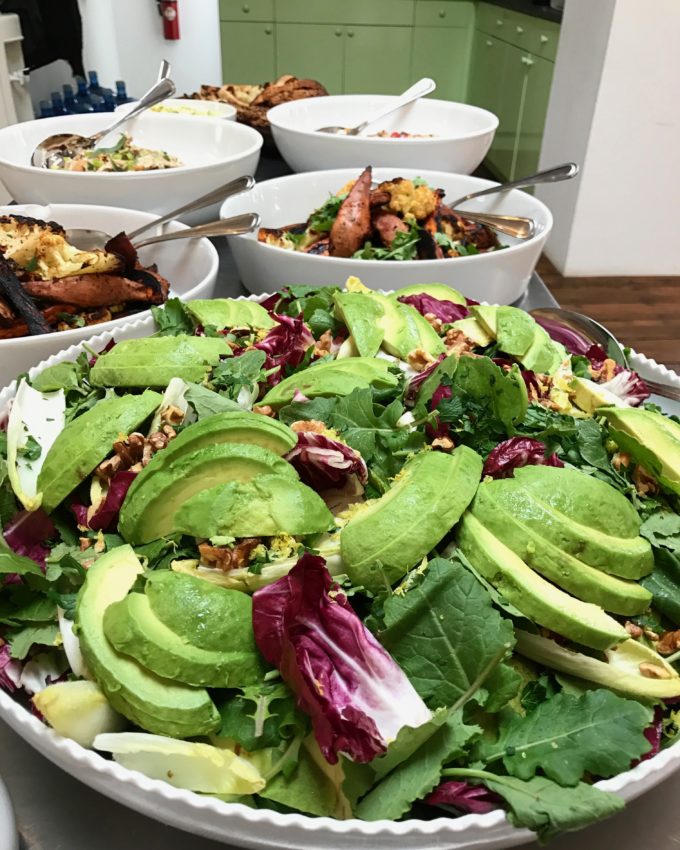
These lunches together are sacred. This sharing is what makes us all better cooks. We get to learn from one another’s successes and occasional failures. Our passion for cooking is amplified by being around one another. Enthusiasm (no short supply here) is contagious after all. We want you to know, there’s a seat at my table for you too.
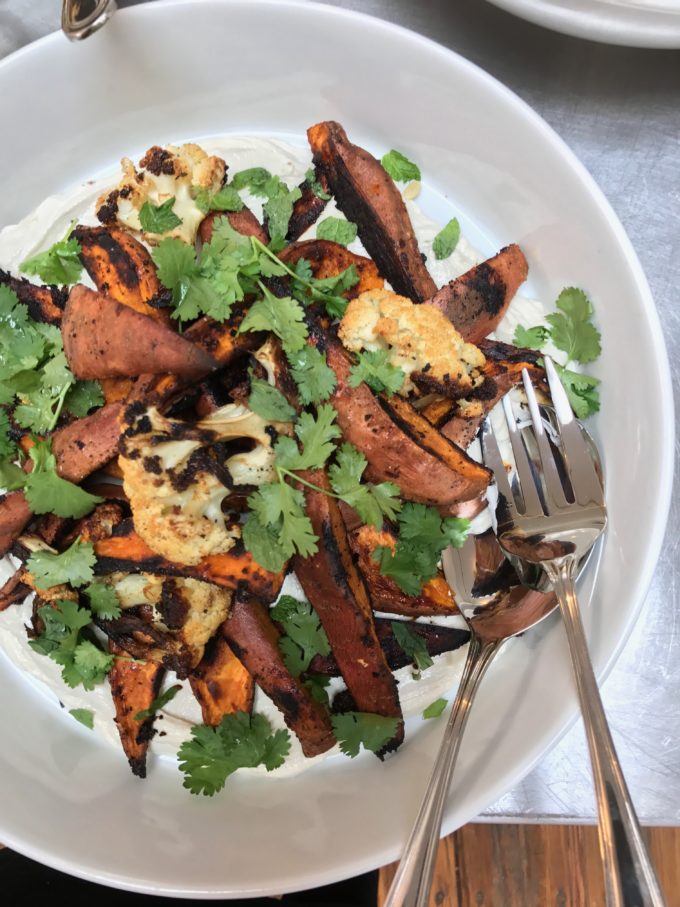
Going forward, we’ll be sending out (and posting on our blog if we’re too longwinded) a newsletter with highlights of this weekly tradition. We know you’re busy so this will have to be the next best thing to actually being here. If you’d like to sign up to receive the newsletter, please leave your name and email address in the comments section below or send us a note on our Contact Page.
For our clients, maybe you’re content enjoying our food, but we want you to be able to see “behind the scenes” if you want to. You have some very happy people cooking for you. A happy cook makes better food. We appreciate every opportunity you give us to provide for you. You’re the reason our company exists! For anyone else, maybe you’re curious about the private chef business or how chefs eat. We want you at our table too.
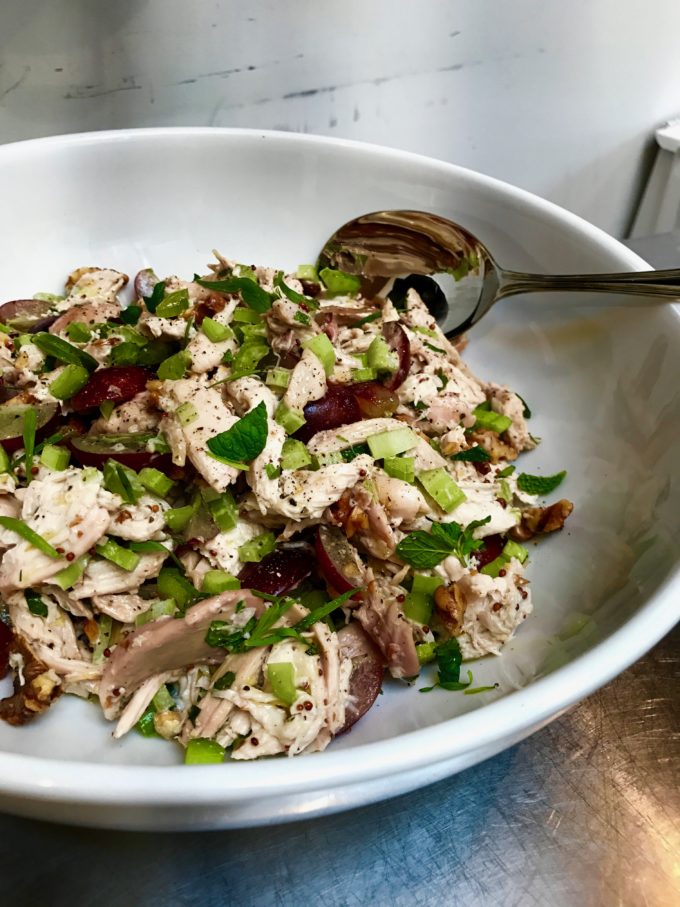
So read these newsletters if you want to get to know us better, want to learn or want to our draw from our enthusiasm and passion about cooking. And while the newsletter is just a symbolic seat, a real place will be set for you whenever you can join us. I mean that. The very best thing about food is the way it brings people together. With just a little more stock added to the soup, or an extra platter of bread and cheese added to the meal, there is always enough for more.
So pull up a chair. We’re so excited to have you!
Always with love, xo Laura
p.s. Please leave us a reply with your email and first name if you’d like to be added to our Newsletter mailing list, or feel free to send it confidentially via email by selecting that little letter icon to the right.
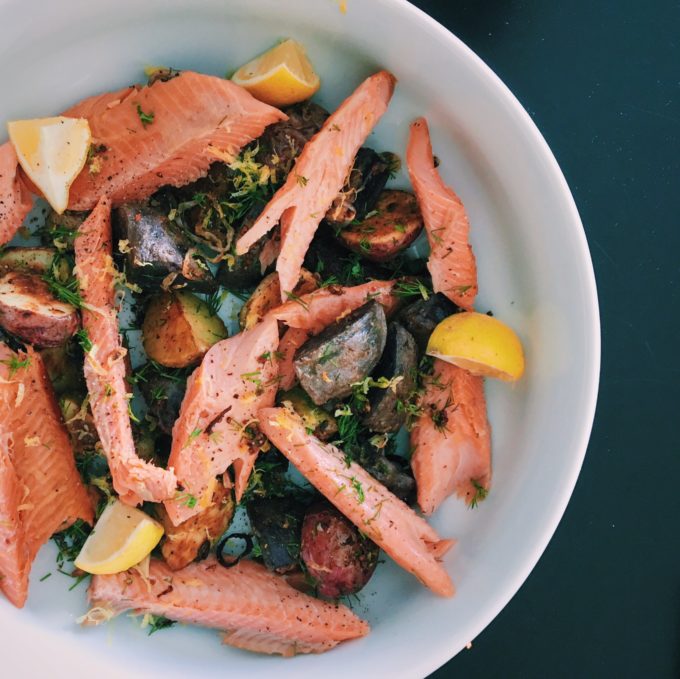
KIPPERED SALMON, ROASTED FINGERLING POTATO AND DILL SALAD
We enjoyed this for lunch this week and it will make an appearance on a few of our clients menus soon. This is more of a recipe template than a stick-to-it-exactly recipe. For instance, Kristina found some amazing Jerusalem artichokes at the Union Square Farmers Market so a few of those were added into the potato mix to roast as well. You could use roasted salmon instead of kippered (aka hot-smoked salmon), or sub in smoked trout or even oil-packed tuna. This dish is delicious finished with dollops of 2% or whole plain Greek yogurt seasoned simply with salt and pepper. And you can bump up the protein content even more by adding halved hard-boiled eggs to the mix.
Ingredients
1 lb fingerling potatoes (and Jerusalem artichokes if you have them!)
8 oz kippered salmon (aka hot-smoked salmon or smoked trout)
A few tablespoons of dill (parsley and or basil would be delicious too)
1 few tablespoons of scallions or chives
Lemon zest and juice to taste
Olive oil
Salt and pepper
Optional add-ins: Sliced hard-boiled eggs, dollops of plain 2% or whole Greek yogurt mixed with freshly cracked black pepper and salt to taste (I’d leave this out if opt for tuna), a few handfuls of arugula or other greens, sliced raw radish, toasted walnuts, sliced avocado…get creative!
Method:
- Preheat oven to 425. Halve fingerling potatoes (and Jerusalem artichokes) lengthwise. On a sheet pan, toss the potatoes with several tablespoons of olive oil and season with salt and pepper to taste. Roast for about 30 minutes, tossing halfway through until well browned and crisp. Allow to cool on the sheet pan for at least 5 minutes to help the potatoes stay crispy.
- While potatoes are roasting, gently flake the kippered salmon into large chunks. Roughly chop or tear dill (and/or other herbs) and thinly slice scallions or chives.
- To assemble salad: Layer the roasted vegetables, flaked salmon and herbs on a platter. If you are adding in eggs or salad greens, layer those in as well. Finish the dish with lemon zest, a generous squirt of lemon juice, a judicious drizzle of olive oil and dollops of the seasoned Greek yogurt if you’re using it. Enjoy alone or with grilled bread. This dish would also pair nicely with blanched greens beans simply tossed with lemon-dijon vinaigrette.
